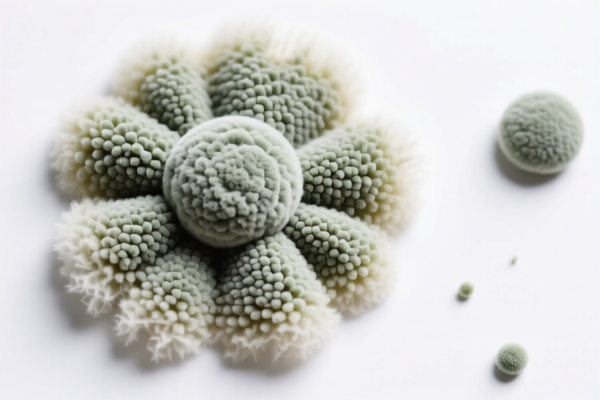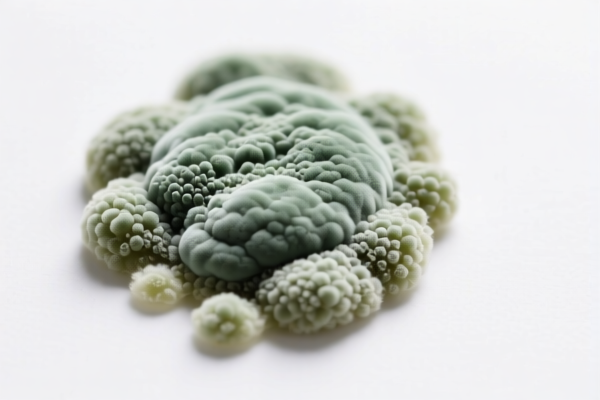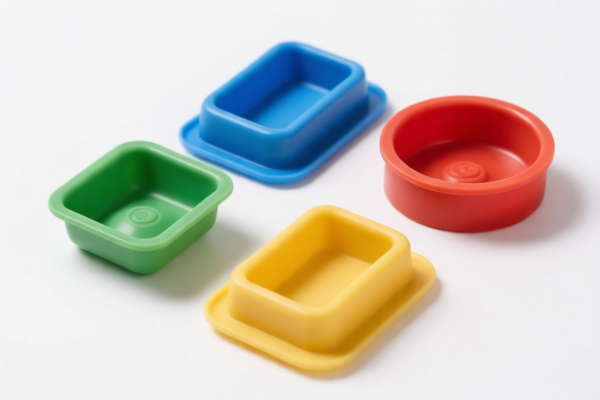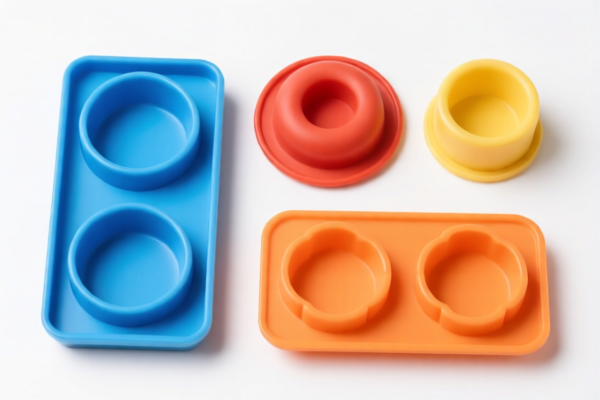| HS Code | Official Doc | Tariff Rate | Origin | Destination | Effective Date |
|---|---|---|---|---|---|
| 3924104000 | Doc | 33.4% | CN | US | 2025-05-12 |
| 3924102000 | Doc | 44.0% | CN | US | 2025-05-12 |
| 3926901600 | Doc | 40.6% | CN | US | 2025-05-12 |
| 3926909910 | Doc | 42.8% | CN | US | 2025-05-12 |
| 7323997000 | Doc | 60.3% | CN | US | 2025-05-12 |
| 7323993000 | Doc | 63.2% | CN | US | 2025-05-12 |
| 7326908688 | Doc | 82.9% | CN | US | 2025-05-12 |
| 7326903500 | Doc | 87.8% | CN | US | 2025-05-12 |




Mousse Mold
A mousse mold is a specialized baking pan used to shape mousse, a soft, airy dessert. These molds are designed to create visually appealing and structurally stable desserts, often featuring intricate designs.
Material:
- Silicone: The most common material due to its flexibility, non-stick properties, and ease of cleaning. Silicone molds come in a wide variety of shapes and sizes.
- Metal (Aluminum or Stainless Steel): Traditionally used, metal molds offer excellent heat conductivity for freezing and unmolding. Often require greasing and sometimes lining.
- Plastic (Polycarbonate): Durable and can hold intricate details, but less flexible than silicone.
- Glass: Less common, primarily used for individual mousse portions or simpler shapes.
Purpose:
The primary purpose of a mousse mold is to give form to the mousse during the chilling/freezing process. They allow for the creation of desserts with defined shapes beyond simple bowls or glasses. They also contribute to the presentation of the final product.
Function:
Mousse molds function by containing the liquid mousse mixture while it sets. The shape of the mold is transferred to the mousse as it cools and solidifies. Flexibility (in silicone molds) or non-stick properties (in all types) are crucial for successful unmolding.
Usage Scenarios:
- Professional Patisseries & Bakeries: Used for high-volume production of visually impressive desserts.
- Home Baking: Popular for special occasions, dinner parties, or creating advanced desserts.
- Restaurant Desserts: Used to create signature desserts with unique presentations.
- Chocolate work: Some molds are designed for both mousse and chocolate applications.
Common Types:
- Geometric Shapes: Spheres, domes, cylinders, cubes, pyramids, and more.
- Floral Shapes: Rose, tulip, lily, and other flower designs.
- Character Molds: Animals, cartoon characters, or other themed shapes.
- Bundt-style Molds: Ring-shaped molds with intricate patterns.
- Individual Molds: Smaller molds for single-serving portions.
- Multi-cavity Molds: Contain multiple smaller molds within a single pan.
- Ring Molds: Simple circular molds, often used with acetate lining for smooth unmolding.
- Half-sphere Molds: Used for creating domes or for combining with other shapes.
Mousse molds are typically household articles, often made of plastics or iron/steel. Here's a breakdown of potentially relevant HS codes based on the provided information:
- 3924104000: This code covers tableware, kitchenware, and other household articles made of plastics, specifically “Tableware and kitchenware: Other”. A mousse mold, if plastic, would fall under this category as a kitchenware item. The total tax rate is 33.4%.
- 3924102000: This code also covers tableware and kitchenware made of plastics, but is more specific, covering “Tableware and kitchenware: Plates, cups, saucers, soup bowls, cereal bowls, sugar bowls, creamers, gravy boats, serving dishes and platters”. While not a direct match, a mousse mold could be considered a serving dish, resulting in a 44.0% total tax rate.
- 7323997000: This code covers table, kitchen or other household articles and parts thereof, of iron or steel; iron or steel wool; pot scourers and scouring or polishing pads, gloves and the like, of iron or steel; “Other: Other: Not coated or plated with precious metal: Other: Cookingware”. If the mousse mold is made of iron or steel and is used for cooking, this code applies, with a total tax rate of 60.3%.
- 7326908688: This code covers “Other articles of iron or steel: Other: Other: Other: Other Other”. This is a very broad category for iron or steel articles. If the mousse mold doesn’t clearly fit into the “cookingware” category, this code might be applicable, with a total tax rate of 82.9%.
Regarding HS code 7323997000, please note that the reference material specifies “Cookingware”. It is important to determine if the mousse mold is definitively used for cooking processes.
Customer Reviews
No reviews yet.